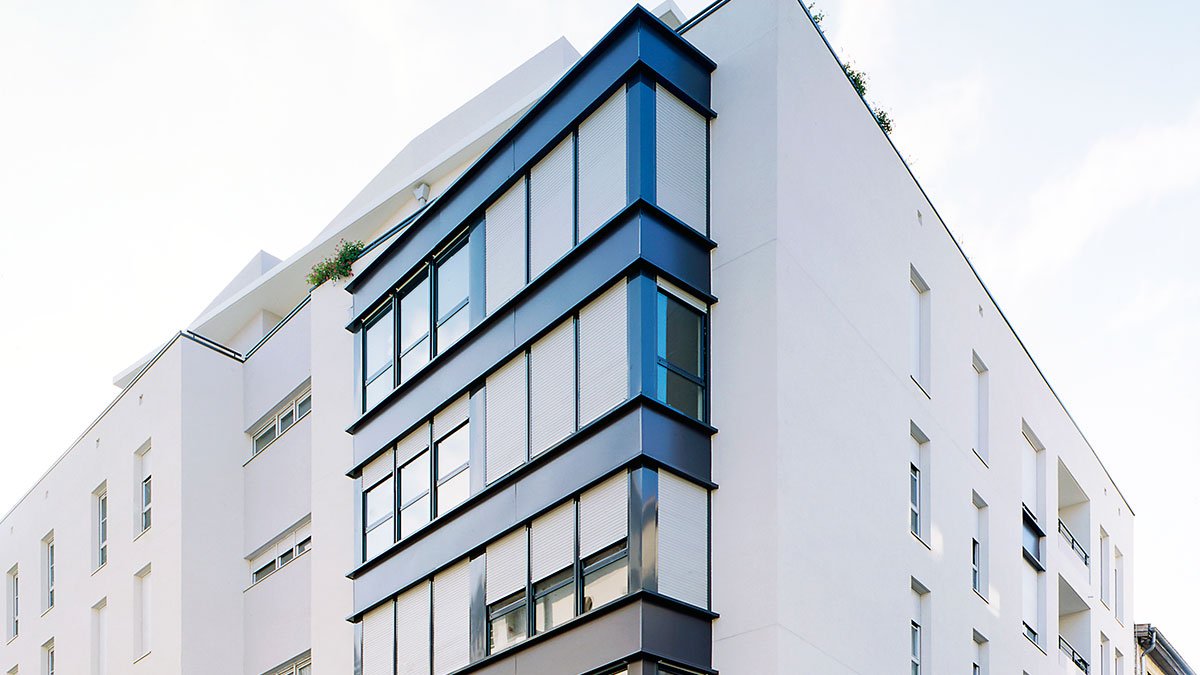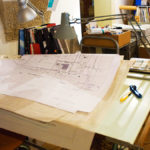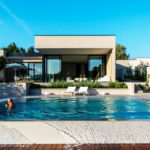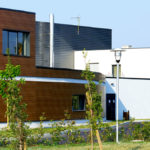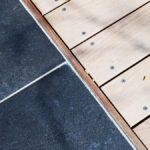The exterior architecture of a house or building, the shapes and colors of the facades, the use of the materials used to dress the various structures that compose it and its insertion into the site are the different manifestations of the architectural work. The creativity of an architect is expressed through the appearance of a building and its layout in the environment, it constitutes a physical, original and sometimes remarkable manifestation of culture.
Architecture of houses and integration in the site
The design of a house is an adventure that confronts dreams with material constraints, budget and design limitations imposed by the land lot and the urban planning rules to which it is subjected. The experience of an architect is crucial to design an original, practical and comfortable house that meets the desires of its owner, fits within his budget and takes the best advantage of the land lot while minimizing its constraints.
Starting the design of a house without first having a land lot is not recommended. It is imperative to judiciously choose a plot of land before the design, because it will be the main source of constraints to minimize, and possibly advantages to maximize. It is only according to its characteristics – its orientation, its nature, its form, etc. – that a solid, intelligent and warm house can be built to meet its owners’ needs and desires.
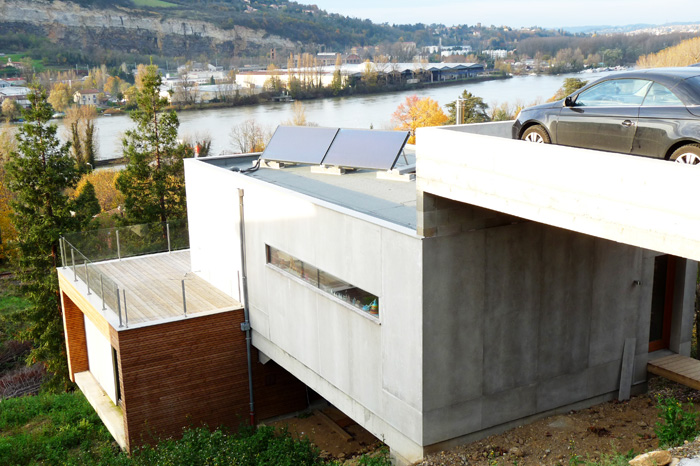
The integration of a house on a land lot
It is suggested to initiate a reflection in terms of volumes for the design of a house during the reflection on the plans. Approaching the house from its exterior, within the land plot, as well as from the interior, for the daily use of its occupants, will help define the imperatives, limitations and opportunities of the project.
A house is best designed as it fits well into its environment: the search for balance between the interior and exterior characterizes the most practical and environment friendly houses. Whether it is for the creation of small townhouses or large contemporary houses, the external integration of the house respecting the terrain, orientation, landscape and vegetation are all factors that will influence the luminosity and energy consumption. It also permits to take advantage of a beautiful view, transcend the constraints of a difficult, steep or narrow terrain, or create a garden, terrace or swimming pool.

During the design, it is also recommended to carefully assess the maintenance and energy costs of a house and its various elements over the long term. A judicious design will not only reduce construction costs for the construction but will also result in significant energy savings that will create an ecological house and reduce heating bills.
Size of a land lot and the house
According to the number of the occupants and their lifestyles, a house will require a minimum land size, taking possible floors into account. Depending on these parameters, it will be necessary to design a house by organizing rooms of a certain size – number of bedrooms and bathrooms, size of the dining room according to the usual number of guests, etc. – and maximize the areas available on the ground and in the different floors.
It will also be necessary to anticipate the future needs for extensions of a house, in accordance with the foreseeable changes in the number and habits of the occupants – new children, departures of children becoming adults, changes of lifestyle changes, modification of leisure activities, etc.
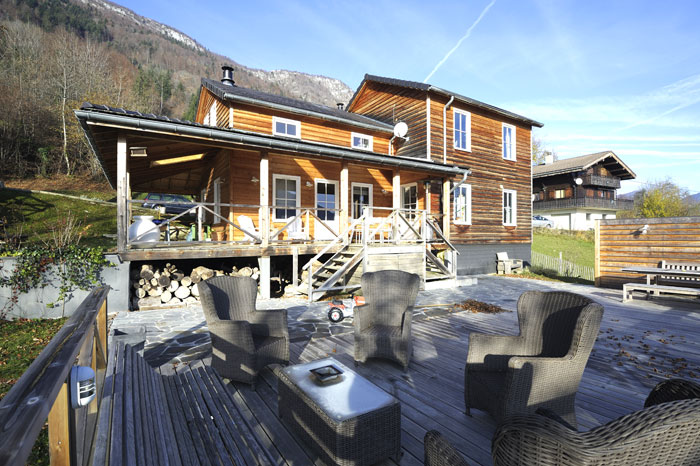
The architecture and comfort of a house
A house must be the reflection of the personality of its owners. But even in the most original houses and the most daring architectures, the comfort of the inhabitants is always paramount. The house remains above all a place for daily life, which has to provide a warm, friendly and convenient home adapted to the lifestyle of its occupants, and the environment in which it is integrated.
Very avant-garde or more traditional, the originality and the personality of each individual and family can be expressed and flourish in different types of houses. A seasoned architect will be able to answer all needs and transcribe them in a house, whether it is a contemporary house, a modern or traditional house, a wooden house, a single floor and flat-roofed house, or a house in terraces, with energy-saving requirements, etc…
Through the design of large spaces and beautiful volumes, delicate shapes and lines, respect for the environment, an original architecture will remain the key for a successful house, haven of well-being even for the most original owners. A shelter that resembles its owners will also be reinforced by an original use of building materials and cladding: wood, concrete, stone, metals, brick, canopies, solar panels, vegetated roof…
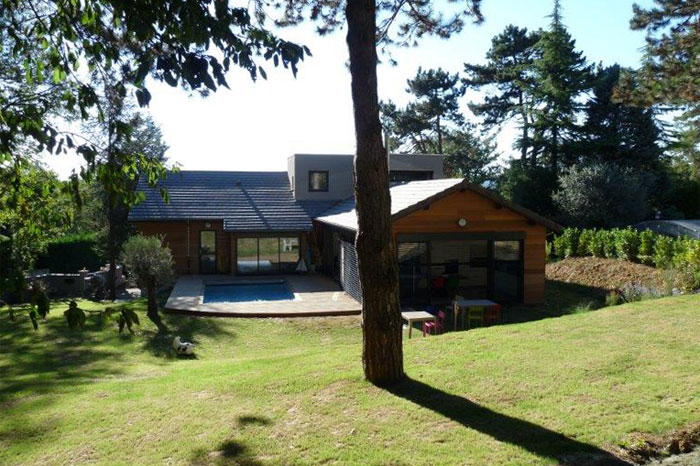
Architecture of buildings and integration in the site
Exterior architecture of buildings: overviews
The overall design of a building is the embodiment of a form of creation, the architectural creation. It depends mainly on the wishes of the project owner, the nature of the building and its internal functional and aesthetic needs, the budget available and the creativity of the architect.
Here are some of the realizations presenting the general appearance of architectural works in their overall views, with various shapes,colors and use of different materials, and at various scales.
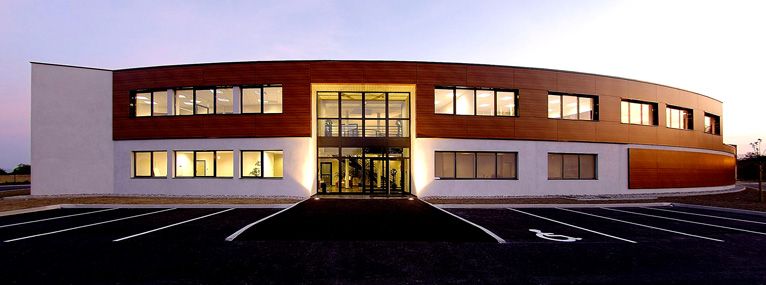
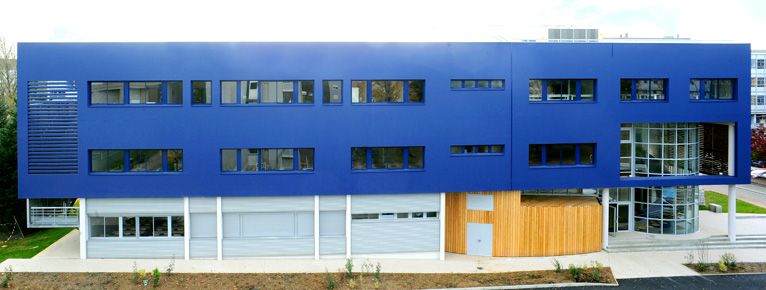
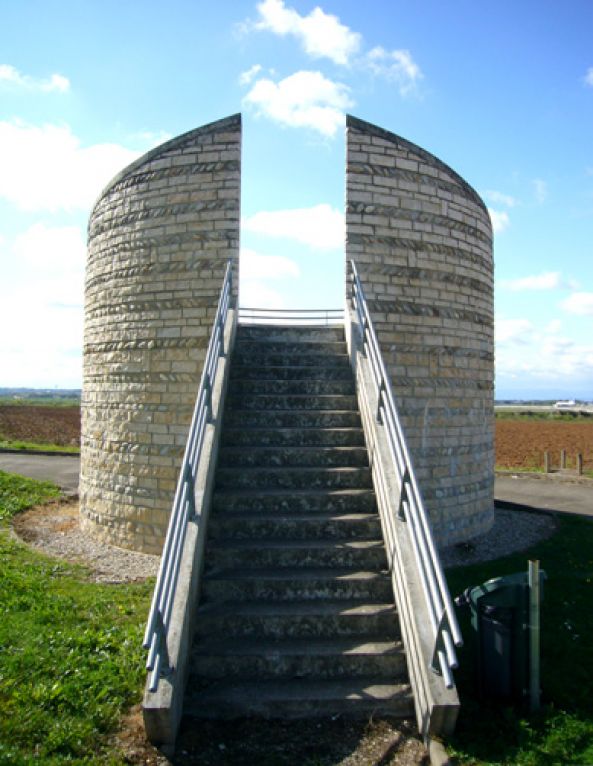

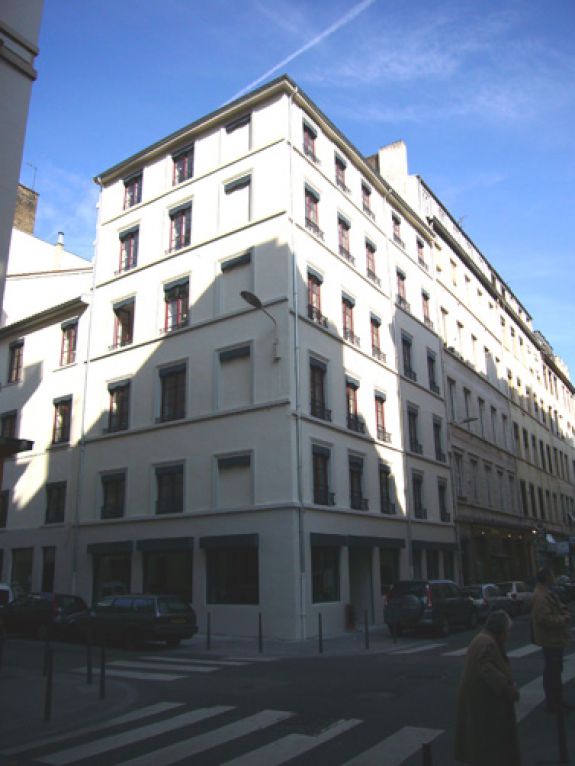
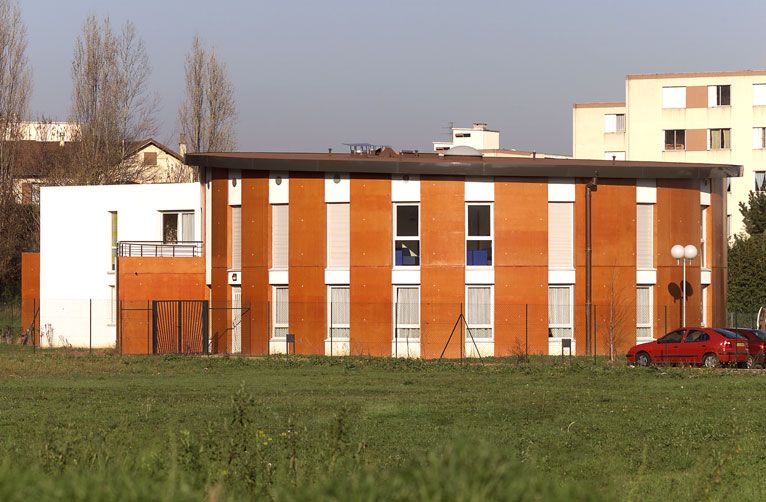

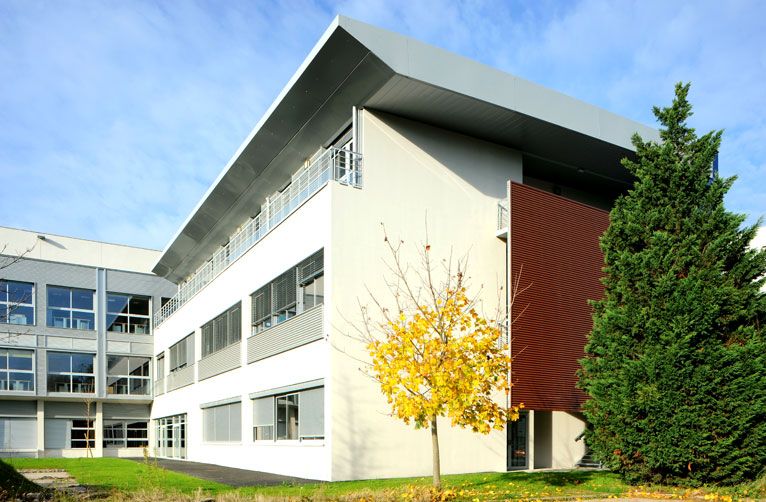
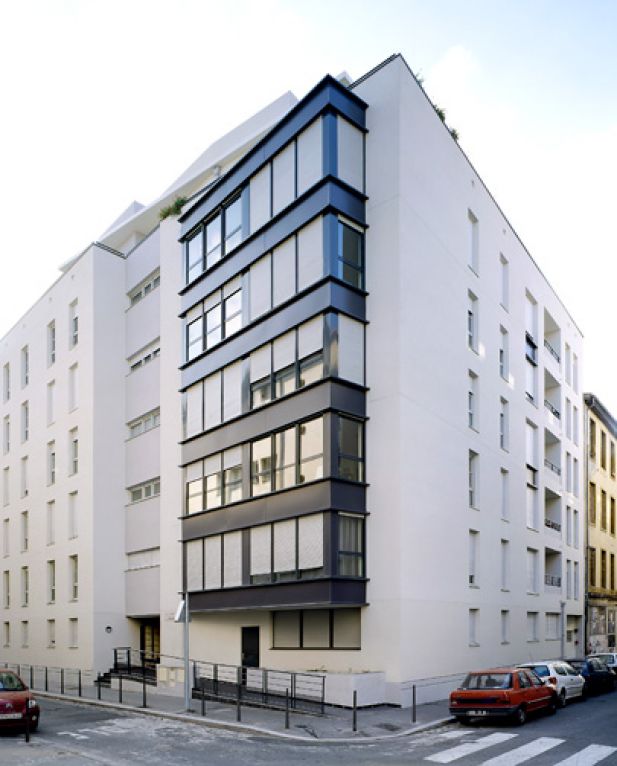


Interior architecture of buildings: detail elements and structural features
The architectural creation is not reserved for an elite and exceptional projects. The architect’s creativity can also be expressed in modest buildings and budgets, or even in some of their parts or details in order to magnify their appearance and use, and to contribute to the cultural heritage, even at a at smaller scale.
Architectural creation has a direct impact on the minds of users of a building; far from a pretentious adornment or superfluous complexity, the aesthetic originality of a building opens up new perspectives to users and communities, even in daily usages and mundane actions.
Some examples of building parts:

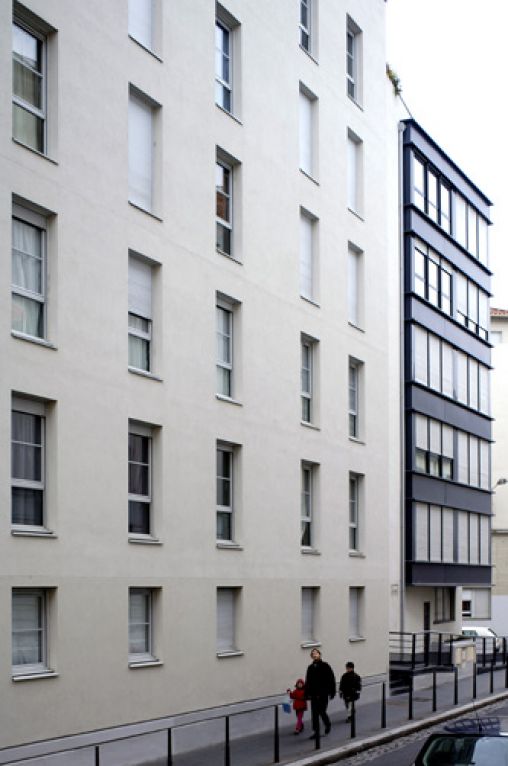
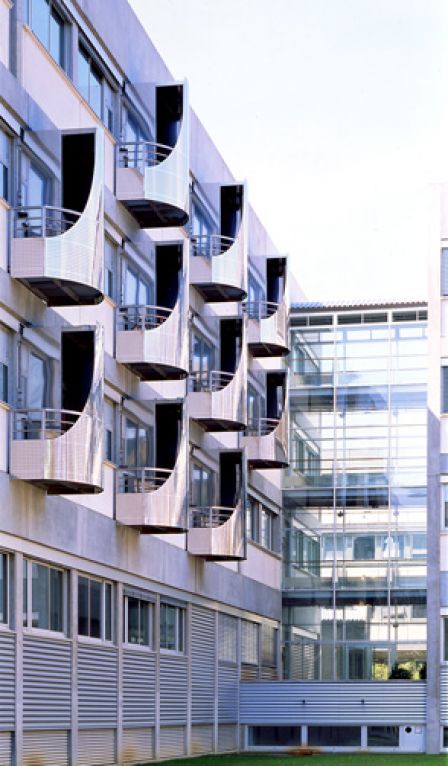
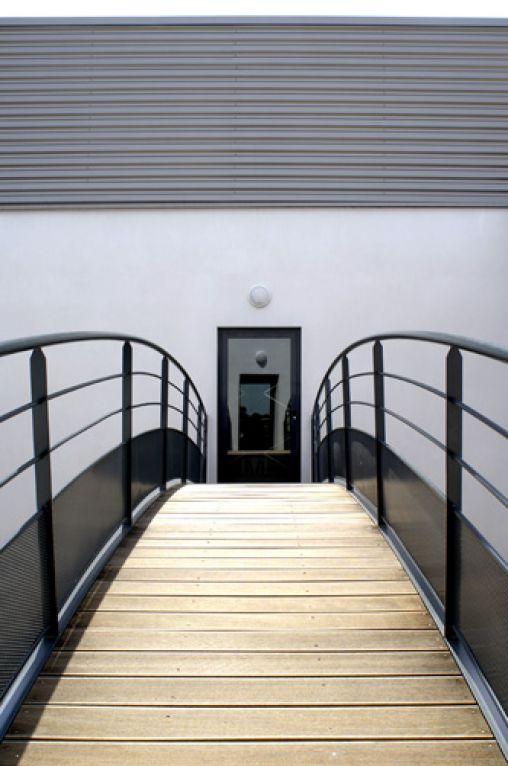


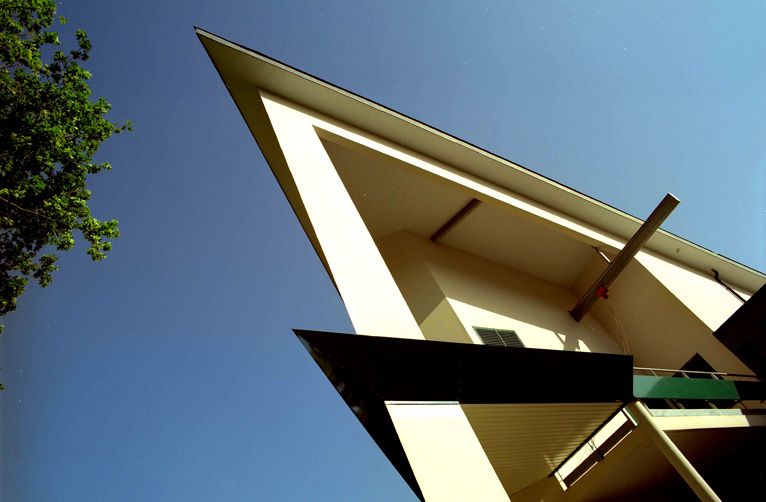
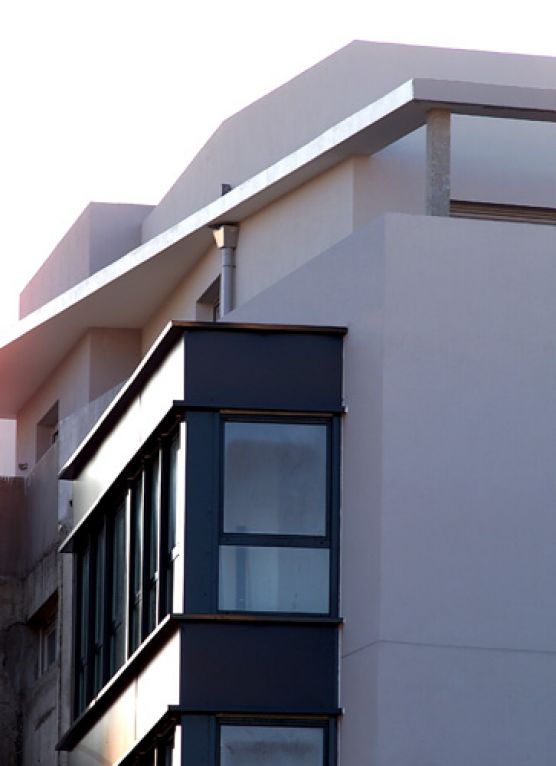


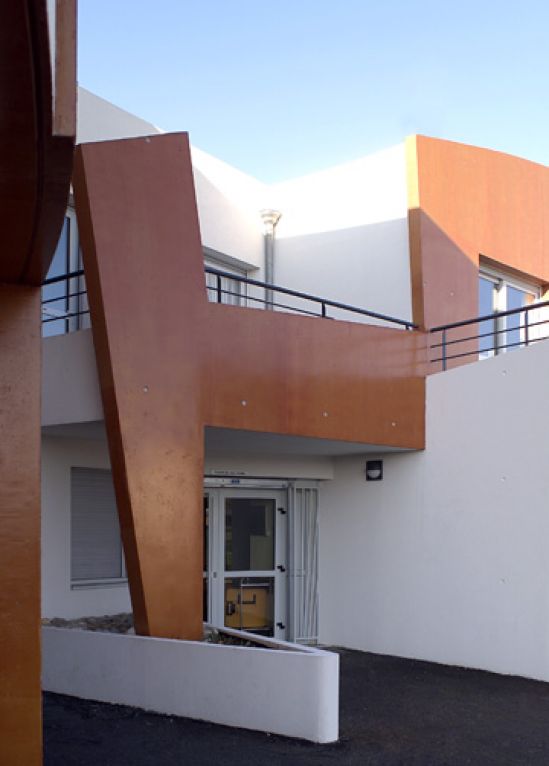
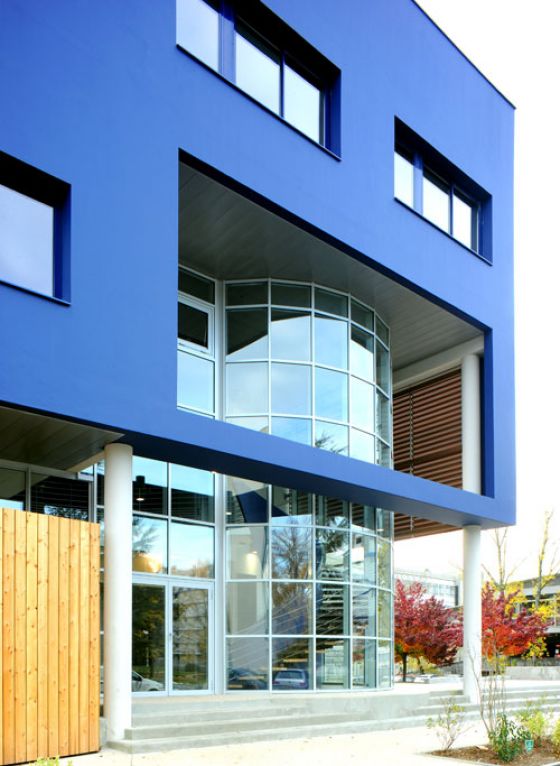
Buildings architecture: outdoors, gardens and parks
Many buildings also have outdoor areas, gardens and vegetated areas. These are of paramount importance for the insertion of a building in its environment, the welfare of users of the building, its integration in a sustainable and ecological urban planning.
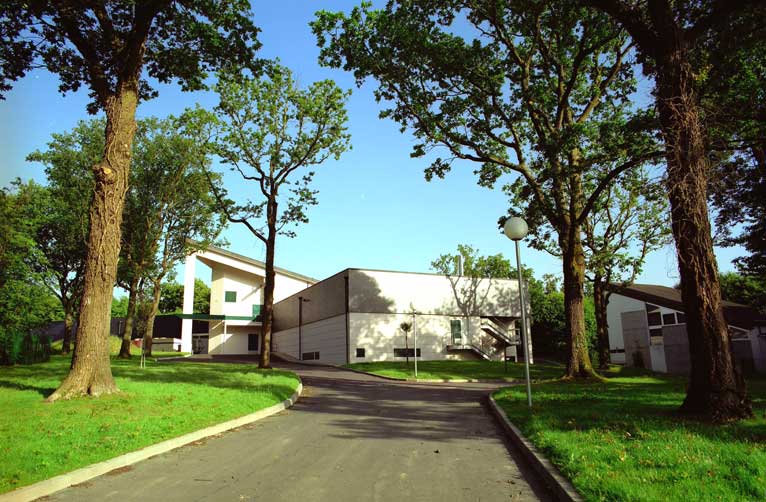



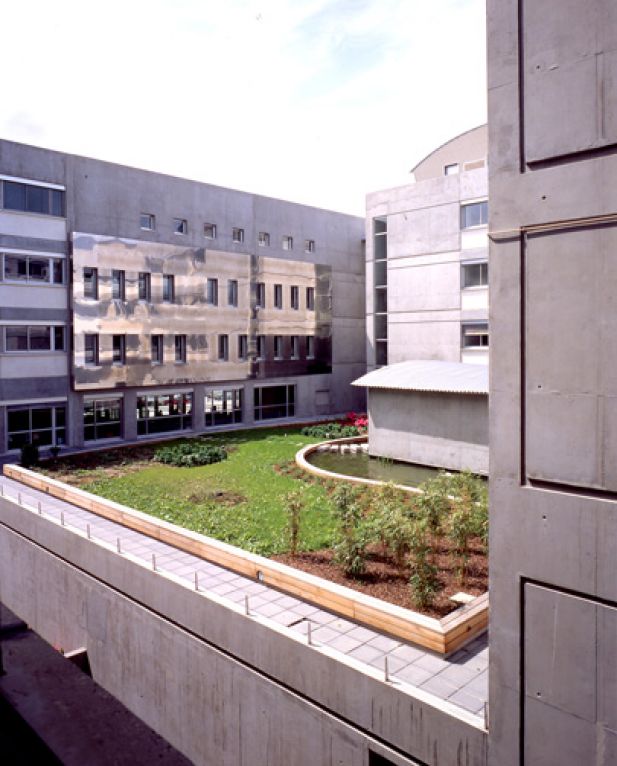
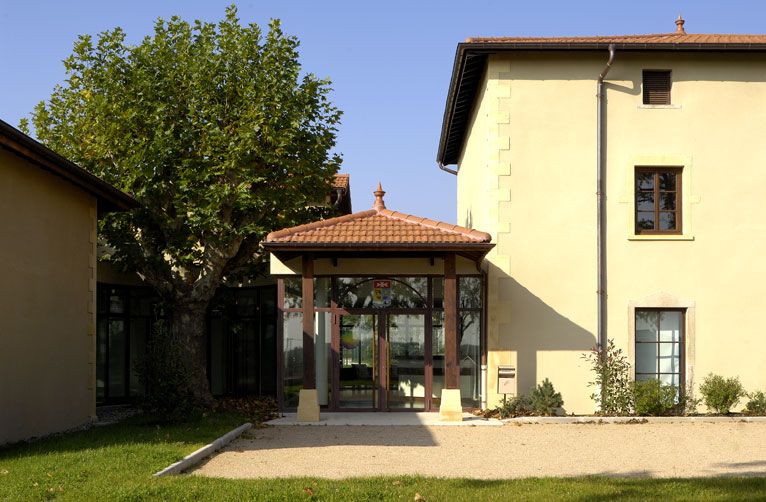
Regulation of architectural design
In some countries, the law imposes anyone intending to construct a house or building (sometimes from a certain size threshold) to contract the services of an architect. However, it is not a constraint but a guarantee of quality for those who intend to realize the construction, the neighborhood residents and the urban and natural environment of the building.
Through the intervention of the architect, the stakeholders and the authorities ensure that the plans are carried out according to standard practices by a qualified and rigorous expert. Thanks to the architect, the realization of a building including all the technical guarantees will be ensured; it will also be a work of creativity enriching the local and, more broadly, regional or national cultural heritage.
